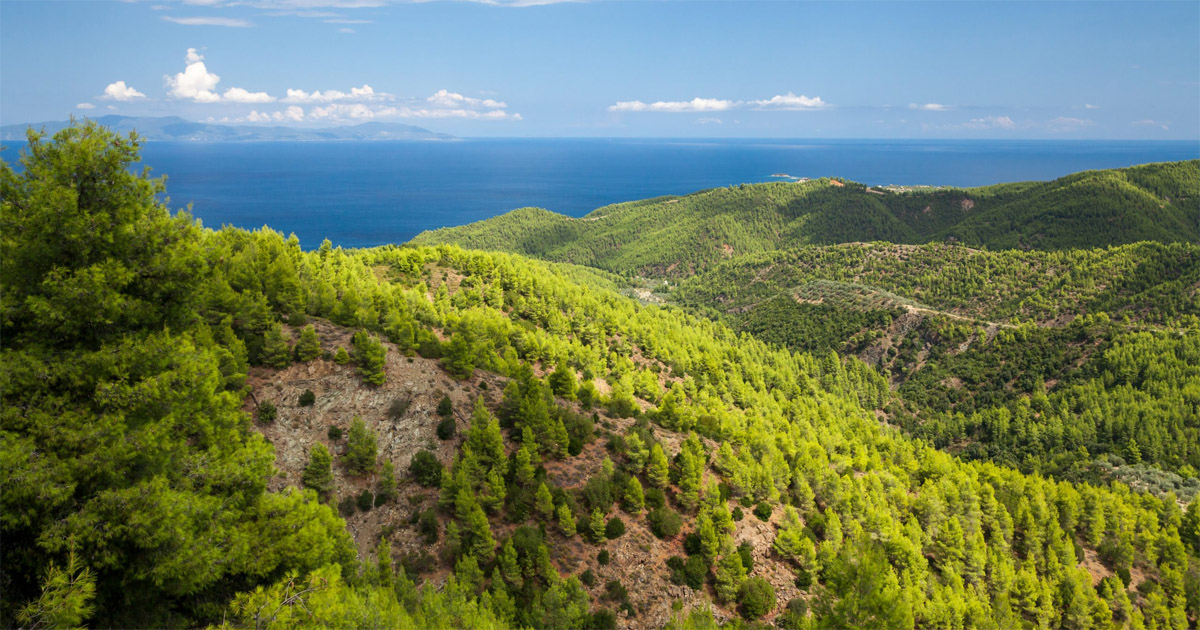Early regeneration, involving the transition from a seed into a successfully recruited seedling, is a complex process characterized by high mortality rates and the strong association with environmental filters. However, we have limited understanding of the factors and transitional regeneration stages that lead to these broad mortality events, even in species that are key for ecosystem function and comprise the bulk of species in diversity assessments, such as Ficus species. Using eight, 1-ha long term monitoring plots, established along an elevation gradient in tropical to subtropical forests in southern China, and partitioning the early plant regeneration process into four stages (seed germination, seedling emergence, establishment and recruitment), we conducted a seed addition experiment to assess the factors driving the early regeneration process. We used four hemi-epiphytic and four non-hemiepiphytic Ficus species, specifically asking whether elevation, microsite conditions and growth form affect the success of regeneration outcomes. We observed that Ficus early regeneration was highly limited throughout the subtropical landscape with similar seed germination probabilities along all elevations, but greater seedling emergence at higher elevations. Growth form and elevation interacted significantly during seed germination and seedling emergence stages. The strongest filtering effect was observed during seedling emergence, with greater canopy openness facilitating, but drier and cooler soils being less conducive to seedling emergence, especially for hemiepiphytic species. Once emerged, Ficus seedlings were released from the environmental filters assessed here, yet, continued to face successively greater mortality during establishment and recruitment. Greater seed germination and seedling emergence on the ground observed in hemiepiphytes indicate that they may benefit from evolutionary traits associated with canopy regeneration under water and temperature stress, but only at the early regeneration stages, as seedling establishment and recruitment were similar in both groups. In general, our results demonstrate that even when seeds are available, successful recruitment is strongly limited by microsite conditions and growth form, through filtering mechanisms associated with the transition from seedling emergence to seedling establishment. The identification of environmental filters that operate during the complex and vulnerable early regeneration stages provides a baseline to develop management strategies for ex situ conservation, as well as in situ population reestablishment for restoration. © 2021 Elsevier B.V.
DOI:
https://doi.org/10.1016/j.foreco.2021.119536
Altmetric score:
Dimensions Citation Count:























